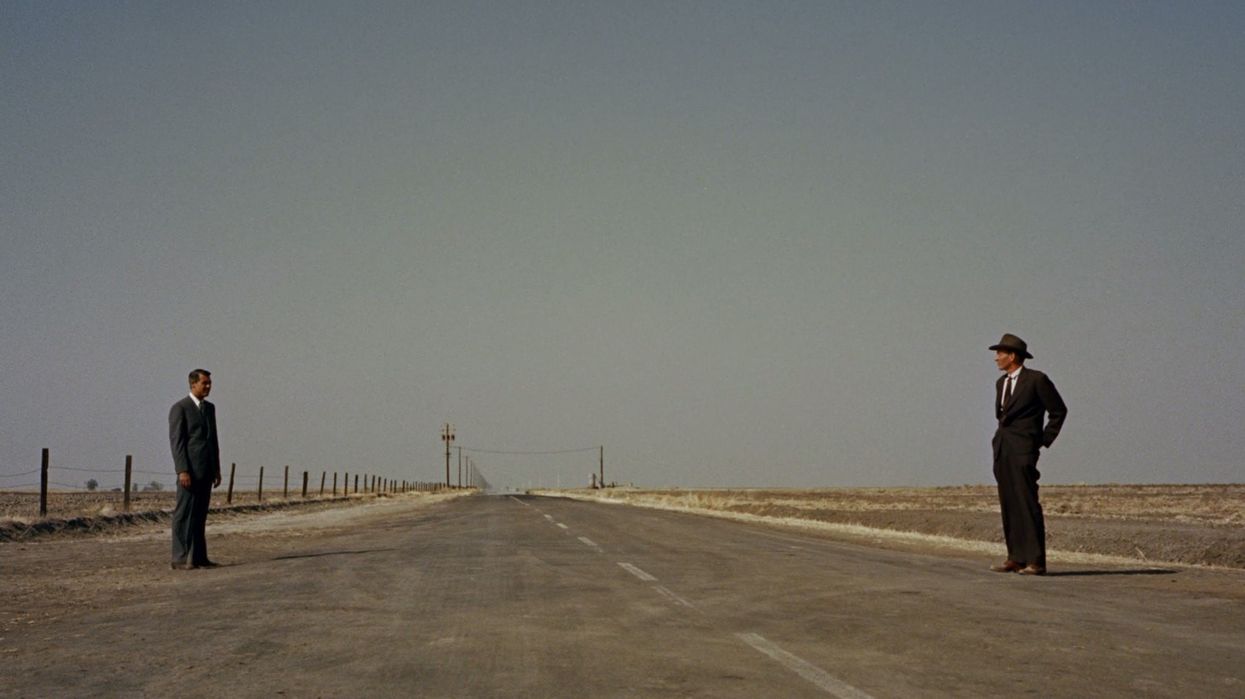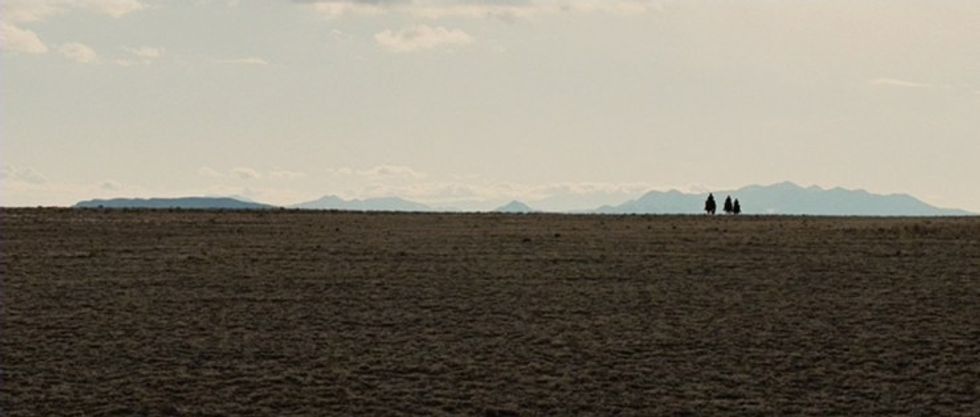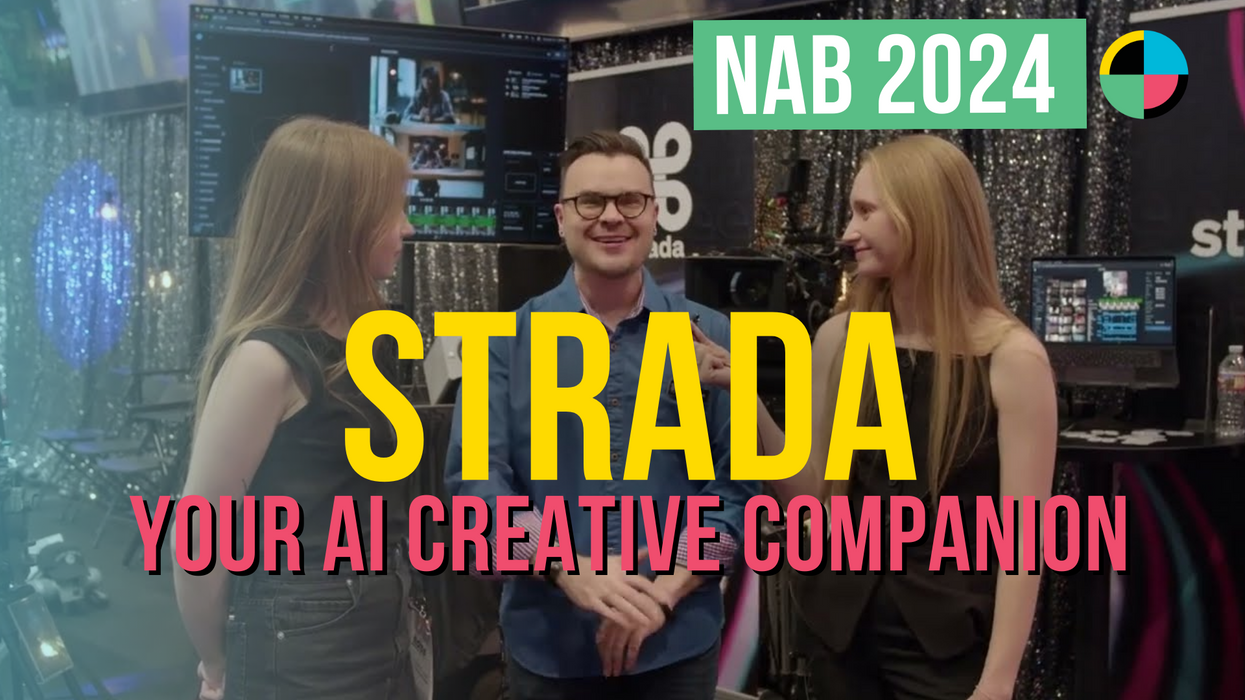What is a Wide Shots (Definition and Angle Examples)
Are you ready to go wide or go home?

Exploring the wide shot in film.
Think of some of the most jaw-dropping scenes and sequences you’ve ever seen. Chances are, a number of them were only made possible by wide shots.
Filmmaking is hard, really hard. At its core, it’s all about creating an emotional experience and capturing the audience’s imagination. You have to create a compelling world, fill it with complex characters, and develop a real sense of atmosphere. Simply put, you need scope. And that's usually done with a variety of shot types, angles and movements.
It doesn’t matter if you’re making a blockbuster or an indie, it doesn’t matter if you’re making content for the big screen or for an iPhone: scope matters.
Let's dig deeper into the wide angle topic.
Table of Contents
What is a Wide Shots (Definition and Angle Examples)
Today we’re going to go over the wide shot (aka “long shot” or “wide angle shot”), and explore how it contributes to the scope of your story.
We’ll also take a look at extreme wide shots and medium wide shots, and talk about how to best use all of these shots to amplify characters’ emotions and accentuate the themes and tone of your story.
First things first, though.
What is a wide shot?
Wide Shot Definition
A wide shot (“WS” on a shot list) shows the entire object or person and their relation to what surrounds them.
Now that we have a wide angle shot definition, it’s time to explore when to utilize this shot.
When should you use a wide shot?
The wide shot is a director’s best friend. It’s an efficient way to show where your character is and who’s with them, without having to move the camera too much.
The wide angle shot invites the audience into the full scene and allows them to absorb all the relevant information at once so that they have context for what’s about to happen.
A wide shot can be used to establish a scene, convey a character’s emotional state of mind, and explore every nook and cranny of a landscape. When utilized correctly, the wide shot can add drama or tension and build on your story’s atmosphere.
Since film is a visual medium, it only makes sense that we’d take a look at wide angle shot examples.
Wide Angle Shot Examples
What is a wide angle shot? Kubrick answers that question with aplomb here in Eyes Wide Shut and his version is incredibly eerie and adds to the film’s atmosphere.
Kubrick’s responsible for some of the best wide angle shots in cinematic history (and his use of one here) makes clear that Bill Harford is in over his head, is stepping into an unfamiliar space, and is outnumbered and unwelcome.
This pretty much encapsulates the wide shot definition we discussed earlier.
Wide shots can also be used in action scenes to heighten the drama and ratchet up the tension, as exemplified in Thelma and Louise:
In this scene, the characters are on the run, and as this wide angle shot makes all too clear, they’re in an increasingly dire situation.
The scope of the situation becomes clear and that’s only because of the wide shot. One by one, cop cars enter the frame and converge on them. We feel like there’s no way they’re going to escape, so when they eventually do (at least for the moment), it’s all the more impressive and cathartic.
Wide shots don’t have to be limited to dramas or action flicks. As we’ll see in the wide angle shot examples below, they can be used just as effectively in comedies.
This sequence in Ferris Bueller’s Day Off is filled with wide shots that reveal jokes and allow for physical comedy while also conveying emotion and exploring our characters’ states of mind.
From the giddy glee with which they run into the museum and join the line of eager students in the beginning to Cameron and Sloane mimicking Ferris’s posture to the shots of Cameron gazing at paintings, each wide shot gives us a window into our characters’ souls while also allowing for laughs.
That, folks, is the magic and flexibility of the wide shot. There may be a wide shot definition, but there’s no one way to use a wide shot.
A wide angle shot can also be used as an establishing shot, which sets up the scene and tells the audience where the next scene will occur. Below is a compilation of some of the most memorable establishing shots ever filmed.
The movies we mentioned above utilize wide shots effectively, but there are also films that rely on them so heavily that they’re integral to the very identity of the movie. We call these wide shot films.
Wide Shot Films
What is a wide shot film?
No Country for Old Men is a wide shot film.
From the very opening shot, the Coen Brothers western features some of the best wide angle shots ever to appear on screen. The Coens use the wide shot to introduce us to the desert setting and highlight the isolation and unforgiving nature of the landscape.
This film is a masterclass in visual storytelling and in building tension and the film relies heavily on wide shots to achieve both. There’s minimal dialogue in this scene (and in the movie at large) because we learn everything we need to know via the wide shots of Llewelyn and the desert.
While No Country for Old Men features wide shots that emphasize the setting and stick to the traditional wide angle shot definition, Seven is a wide shot film that focuses more on the atmosphere.

An example of a medium wide shot from Seven.
This wide shot of Detective Somerset is a perfect example of a director using a wide shot to build mood. It’s an uncomfortable image; Somerset is isolated and yet it feels as if the bookshelves are closing in on him from all sides.
Here’s another example:

Another example of a wide shot from Seven.
Once again, our characters are shot in such a way as to really accentuate the tone. Tracy may be smiling here, but this wide shot foreshadows something ominous; our characters again feel trapped and small.
There are countless more examples of this in the movie, as Seven is chock full of some of the best wide angle shots of the 20th century.
Now that we’ve answered the question we raised earlier (what is a wide angle shot?), let’s tackle variations on the wide shot.
First up is the extreme wide shot.
Definition of Extreme Wide Shot
An extreme wide shot (or “EWS” on a shot list) is a shot that is so wide the subject is barely visible. The point of the extreme wide shot is to show what surrounds our subjects, usually building exteriors or landscapes. Much like the wide shot, the EWS can also be used as an "establishing shot.”
When should you use an extreme wide shot?
The extreme wide shot is utilized when you want to really highlight the scale and size of a setting that just can’t be captured via a traditional wide shot. The character is never the focus of an extreme wide shot, but this shot is often used to explore just how overmatched, small, or unimportant the character is.
Extreme Wide Shot Examples
Once again, we’re going to visit a still from a Coen Brothers film. This frame, from True Grit, is a classic example of an extreme wide angle shot.

A wide shot in True Grit.
We can barely make out our characters and the vastness of the landscape around them makes them feel small and unimportant.
Danny Boyle is another director who uses extreme wide shots to his benefit, notably in his survival story 127 Hours.

Another wide shot example from 127 Hours.
In this extreme wide shot example, Aron Ralston is seen hiking a canyon in Utah. This shot reveals just how remote the area is, making us feel all the more uneasy when he eventually gets trapped and is alone in the canyon.
Many extreme wide shots feature these types of natural settings and hue closer to the traditional definition of extreme wide shots, but not all of them.
Let’s look at another extreme wide shot example, this one from The Graduate.

A famous wide shot from The Graduate.
nofilmschool.com
This extreme wide shot comes at a critical juncture in the film; Benjamin Braddock is moments away from interrupting Elaine’s wedding to declare his love for her.
Because of everything that’s come before this moment, the odds of him succeeding seem slim to us and the framing of this shot reflects that. Braddock is depicted as a small speck of a man and nothing more, while the church he’s in, representing everything and everyone he’s about to go up against, fills the rest of the frame.
This shot sets the stage and serves as a prelude to the conflict that comes next.
Most films use extreme wide shots sparingly, but on occasion, there’s a film that utilizes them so heavily so as to become an extreme wide shot film. Lawrence of Arabia is such a film.
Extreme Wide Shot Films
The four-hour epic features an endless array of extreme wide shots that drive the story forward.
Most of this sequence is shot in extreme wide angle shots and the result is an immersive, tense, and even overwhelming experience. There’s so much happening here and the sheer scope of the scene is only made possible by the use of the extreme wide shot.
Here’s another example:
This extreme wide angle shot really captures the scope of the desert. It feels endless and amplifies the odds Lawrence faces; at this very moment, we feel as if there’s no way he’s going to make it out alive.
While extreme wide shots are used to show us less of a character, medium wide shots do the opposite; they show us more.
Medium Wide Shots
A medium wide shot usually shows a character cut off just above or below the knees. It’s wide enough to show the setting in which the scene is taking place, but also close enough to also show characters’ facial expressions.
Medium Wide Shot Examples
Steve McQueen’s masterpiece 12 Years A Slave is a film that features incredible cinematography of all stripes, but it does an especially great job of utilizing medium wide shots.
This is the opening shot of the film and it immediately introduces us to several of our characters, provides insight into their stations in life, and it establishes the setting.
There’s a lot happening in this scene, so let’s take a look at another, simpler example from Steven Spielberg’s Catch Me if You Can:
The medium wide shot isn’t used until 1:08 into the clip, but it pays off what comes before it. The entire movie, and even the first minute of this clip, has led to this moment where Carl Hanratty and Frank Abagnale Jr. go toe to toe. In this moment, they’re equals. Hanratty levels with Frank and finally stops chasing him, and in doing so, gains the upper hand.
Spielberg is a brilliant director, so it should be no surprise that he has mastered the use of the medium wide shot.
Summing Up Wide Shots
Now that we’ve explored the world of wide shots, it’s time to get to work.
Remember, there’s no greater tool in a director’s visual toolbox than the wide shot. It can be used to establish settings and characters, ramp up tension and drama, emphasize scope, and even create and accentuate comedy.
If you’re planning on shooting a movie and you find that you’re still asking yourself ‘what is a wide shot,’ just take a deep breath, revisit the wide angle shot definition, reference some wide angle shot examples, and then get to work.
And maybe, just maybe, if you work hard enough, one day in the future, when someone asks "what is a wide angle shot?," an image you’ve crafted might be the answer.












